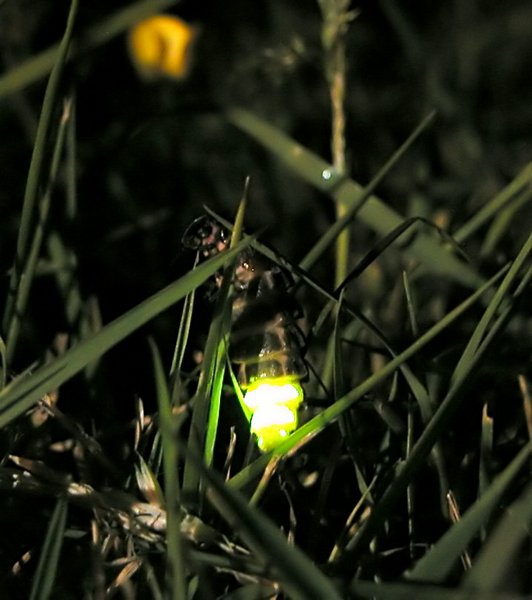The Welsh City Council in UK has switched to LED lights, since traditional sodium lights was interfering with local glow worm population’s reproduction habits, reported Daily Post.
In short, the male glow worms were more attracted to the orange glow emitted by sodium streetlights, instead of their female counterparts. The streetlights had outshone female glow worms in their competition in finding a mate.
The situation has improved since the council switched to LED lights, and the glow worm population has thrived again.
 |
|
Glow worms sex lives were impacted by light pollution from sodium lights in Welsh, UK. (Photo Courtesy of Wikipedia) |
Glow worms are bioluminescent beetles that typically emit light from their abdomen, according to a Care2 report. Female glow worms are able to emit a stronger glow than the males, while males and larvae are only capable of creating a very dim glow. During mating season females attract males with their glowing abdomens, which is why the males were more attracted to artificial lighting.
Local naturalist Jenni Cox first identified glow worms in the neighborhood in 2011, and reported her findings to the national glow worm survey. On a stroll around Marine Drive she counted 300 female glow worms, but it appeared the males were not finding them.
“Then eventually I noticed up to 50 males were congregating under the street lights and I wondered whether that was stopping them finding the females, so I reported it to the council’s biodiversity officer, Anne Butler,” said Cox.
Female glow worms have a much shorter life span than males, with an average life span of 14 days after the larvae state. The female glow worms tend to die shortly after reproduction, and on average lay 25-100 eggs. Hence, any interference from artificial lighting could place female glow worms in a more vulnerable state and impact the general glow worm population.
While LEDs had no impact on glow worm populations in the Welsh study, ecologist Ariel Firebaugh of the University of Virginia has found LED lights could impact courtship behavior between fireflies in lab controlled experiments, according to a Science News report.
Females of the big dipper species (Photinus pyralis) were less likely to flash back at twinkling males when forced to court under artificial lights, according to Firebaugh’s findings.
However, in the study LED illumination outdoors did not affect male’s flirt-flashing behavior. She suggested light pollution may disrupt female big dipper fireflies response at an annual meeting of the Ecological Society of America on Aug. 11, 2015.
Her tests with fluorescent lights and LEDs were inconclusive as to whether LEDs at night were driving fireflies away.












